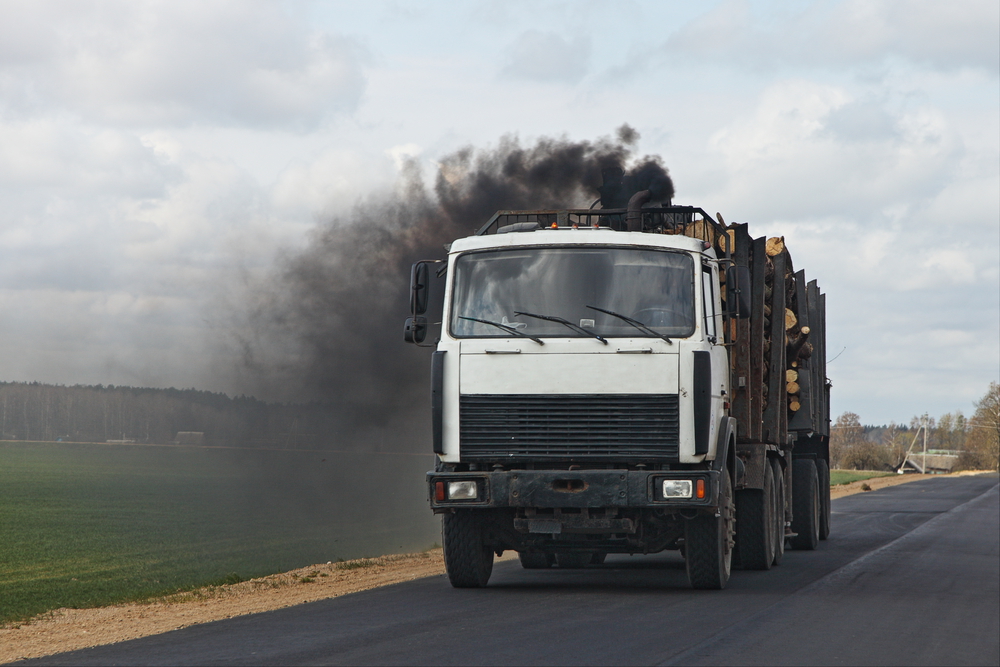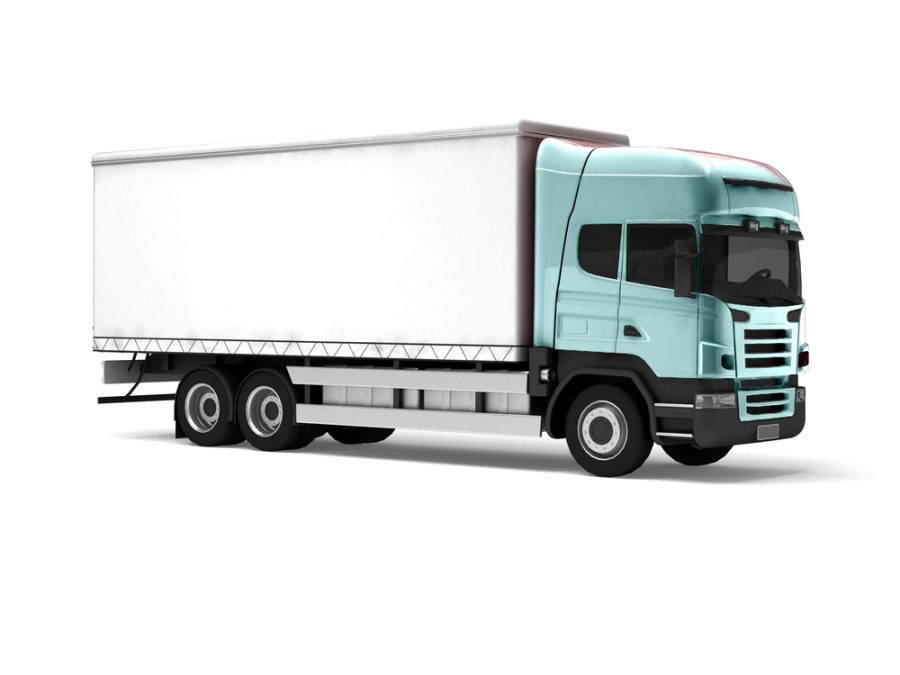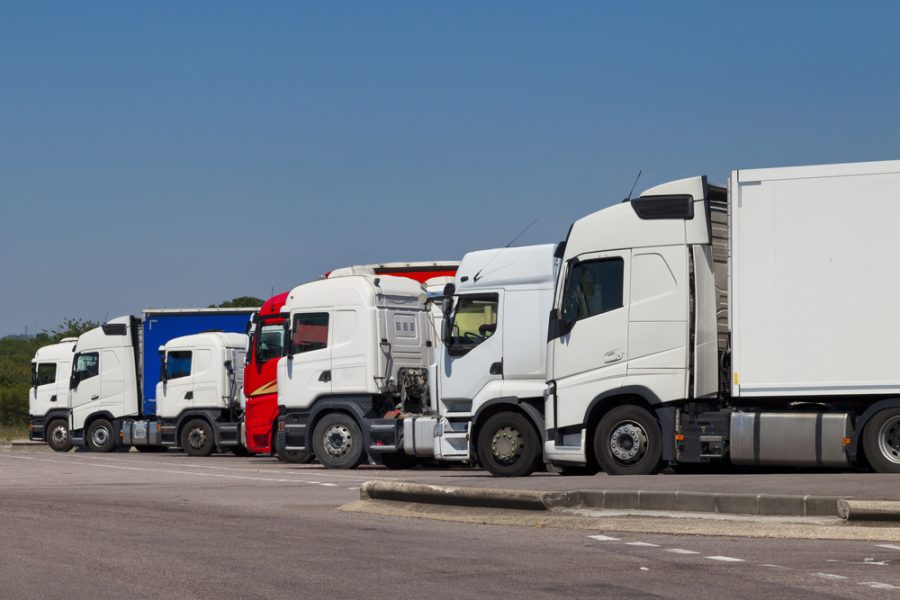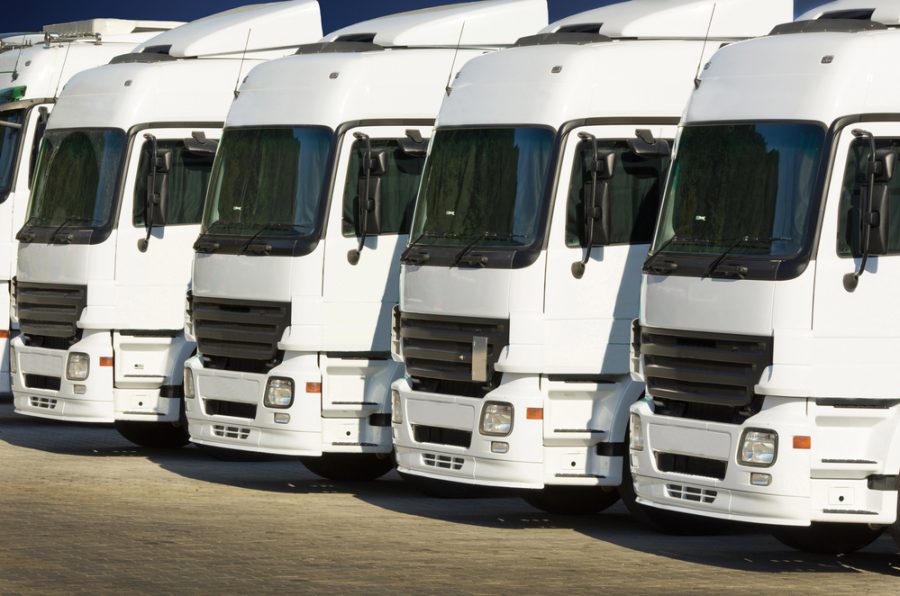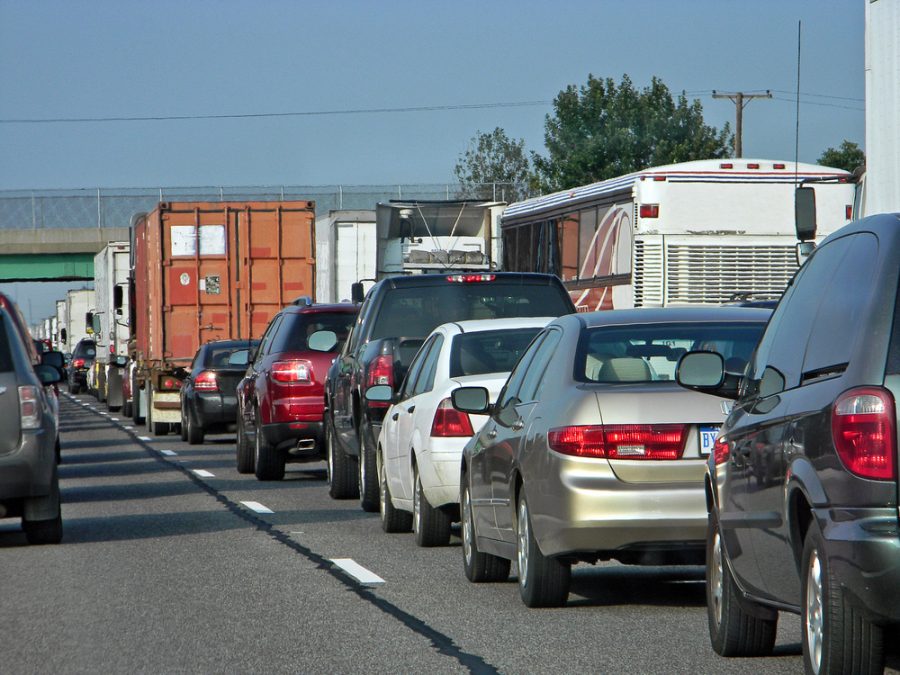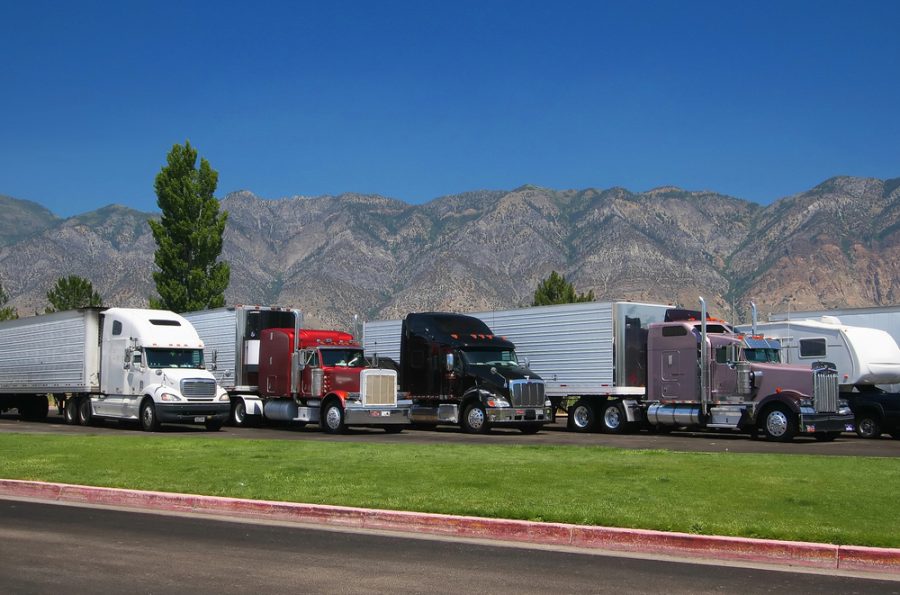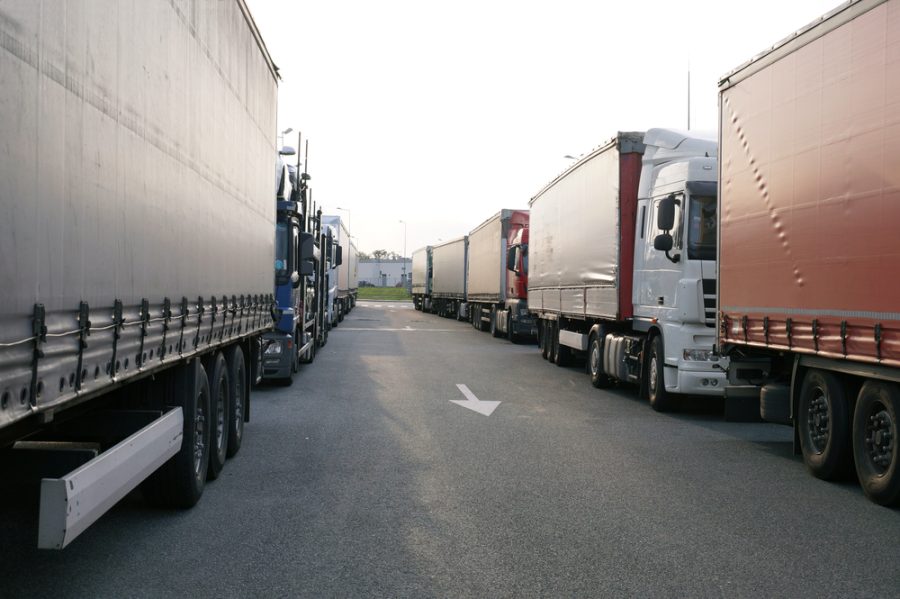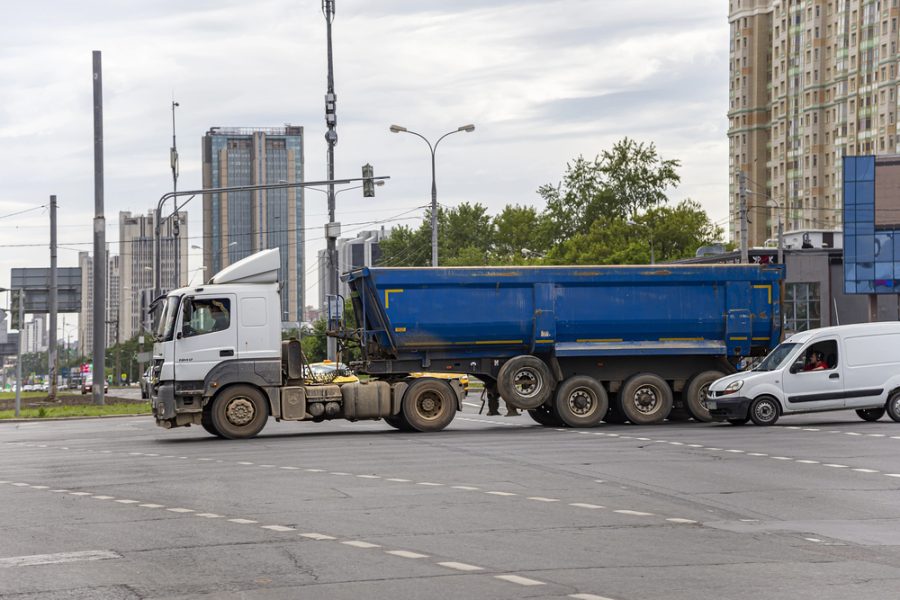Introduction
COEs were once the go-to truck in the industry for tight urban streets and max load capacity without going over length regulations. But over the years COEs have declined in the US. Advances in engine technology and aerodynamic design have made conventional trucks with a longer nose and engine in front of the cab the new norm. They are more fuel efficient, more comfortable for the driver, and have more safety features so many trucking companies prefer them today.
What is a COE Truck?
COE (Cab Over Engine) trucks also known as cabover trucks or flat nose trucks have the cab directly over the engine. This design gives the truck a flat front end and maximizes the cargo space in a shorter overall length. The design is perfect for urban environments and areas where maneuverability and space are key.
In COE trucks the driver’s seat is above the engine so you have a great view of the road and a smaller footprint. The cab design allows for a tighter turning radius and easier to get through congested areas. The driver is higher up so you have better visibility to navigate tight corners and obstacles. But COEs can be rough on the ride and maintenance as you have to tilt the whole cab forward to access the engine.
History of COE Trucks
COE (Cab Over Engine) trucks were popular post-WWII and became a mainstay in the industry. The design with the cab above the engine allowed for a shorter overall length and more cargo space so they were perfect for the expanding urban infrastructure of the time. The compact design and better maneuverability made them ideal for city deliveries and routes with tight space constraints.
Freightliner, Ford, and Kenworth were the main manufacturers of cabover trucks and drove their adoption. They saw the advantages of the COE design and capitalized on it to meet the growing needs of the transportation industry. As a result, COEs became the norm and were loved for their efficiency and practicality. Even though conventional trucks eventually took over the market the legacy of COEs is a big part of trucking history.
Uses of COE Trucks
COE (Cab Over Engine) trucks are used for local work and medium-duty applications where space is limited. The compact design makes them perfect for urban areas, tight spots, and congested streets so drivers can navigate easier than conventional trucks. The flat front design also maximizes cargo space without adding length to the overall vehicle so COEs are a great choice for city deliveries to regional hauling.
One of the main reasons COEs are used in heavy traffic and areas with tight turning radius is their maneuverability. The cab above the engine allows for a shorter wheelbase so drivers can make tighter turns and get through narrow streets more easily. COEs come in day cab and sleeper bunk configurations to fit different operations. Day cabs are for shorter routes and local deliveries and sleeper bunks are for longer hauls so versatility and functionality for all trucking applications.
COE’s in the US Decline
The decline of COE (Cab Over Engine) trucks in the US can be attributed to several factors that made conventional trucks more popular. One of the main reasons is the change in truck length regulations that allowed longer trucks on the road. This took away the space advantage of COEs and made conventional tractors and long-hood trucks more appealing. Also, the advancements in power steering made it easier to maneuver longer trucks and took away the need for COEs for tight spaces.
Structural safety and driver comfort also played a big role in the shift to conventional cabs. COEs with the cab over engine design made the ride rougher for the driver and made it harder to get to the engine for maintenance. Safety concerns like the reduced crumple zone in the event of a frontal collision made COEs more vulnerable. Conventional cabs with the engine in front of the driver had better protection and more safety features so many trucking companies preferred them. The combination of regulatory changes, technology, and safety considerations led to the decline of COEs in the US market.
Why OTR Truckers Prefer Conventional Trucks
Over-the-road truckers prefer conventional-style rigs over COE (Cab Over Engine) trucks for several reasons. One of the main differences is driver comfort. Conventional trucks have larger sleeper berths so more space and amenities for long haul drivers to rest and relax. Also, the design of conventional long hood trucks provides better visibility as the cab is behind the engine so you have a longer view of the road ahead and less driver fatigue on long hauls.
Another advantage of conventional trucks is engine access. With the engine in front of the cab, you can do maintenance and repairs without having to tilt the whole cab forward. This saves time and is safer for mechanics and drivers. Also, conventional trucks have fewer blind spots than COEs due to the longer hood and better design.
Structural and Design Differences
The structural and design differences between COE (Cab Over Engine) trucks and conventional trucks are big and affect their functionality and use. One of the main differences is the body style. COEs have a flat front design where the cab sits on top of the engine so it’s more compact. Conventional trucks have a nose that sticks out with the engine in front of the cab so it’s longer and more aerodynamic. This difference in body style affects the cab design and the overall driving experience.
In terms of cab design COEs are built with the whole cab tilting forward to access the engine. This tilt cab mechanism although space-saving can be a pain for routine maintenance and repairs. Conventional trucks have easier engine access through a front-hinged hood so mechanics can do checks and repairs more conveniently and safely. Also, the front axle position is different between the two designs. In COE the front axle is further back, below the driver’s seat while in conventional trucks it’s in front of the driver’s cab which makes for a smoother ride and better weight distribution.
Economic and Practical
Economic and practical considerations also played a big role in the preference for conventional tractors over COE (Cab Over Engine) trucks. One of the main factors is the price and cost of ownership. Conventional tractors have a higher initial purchase price but better fuel economy and lower maintenance costs in the long run. The design of conventional trucks with the engine in front and more aerodynamic shape contributes to better fuel efficiency making it more economical for long haul.
Also, changes in overall length laws have contributed to the shift towards conventional trucks. With longer vehicles allowed on the road, the space-saving benefit of COEs is diminished. Conventional trucks with longer hoods can haul longer trailers without going over the length limit so it’s more practical for various hauling needs. This flexibility allows you to use longer trailers and units that are more suited for conventional trucks due to design and weight distribution.
COE Trucks Today
COE (Cab Over Engine) trucks are still widely used today in many parts of the world, especially in areas where space is limited and the urban environment is tight. Countries in Europe and Asia for example prefer COE trucks because of their compact design and maneuverability which makes them perfect for narrow city streets and densely populated areas. These trucks are used for local delivery, distribution, and other applications where maximum cargo space within limited dimensions is a must.
Although COEs are no longer popular in the US, some big carriers and truckers still use COEs for specific tasks that take advantage of its design. For example, logistics operations and urban delivery routes that require frequent stops and tight turns still prefer the agility and shorter wheelbase of COEs. Looking forward conventional trucks will still dominate the market but COEs will still have a niche in the trucking industry. Technology advancements and changes in urban infrastructure may revive interest in COE designs and will still be a viable option for applications where its advantages are most beneficial.
Summary
COE (Cab Over Engine) trucks have a long history and have been a big part of the trucking industry. Known for its compact design and ability to fit in tight spaces COEs were very popular after World War II and produced by major manufacturers like Freightliner, Ford, and Kenworth. These trucks are perfect for urban environments and areas with strict length regulations making them a valuable asset for specific applications. However, COEs are no longer popular in the US due to changes in regulations, advancements in conventional truck design, and emphasis on driver comfort and safety.
In summary, COE trucks have their advantages like better maneuverability and space efficiency but also have their challenges like less comfort for drivers and more complex maintenance. Conventional trucks with longer hoods have better fuel efficiency, easier engine access, and more safety features making them the choice of many trucking operations. Although COEs are no longer popular in the US, they still have an important role in other parts of the world and their design will still be a viable option for specific applications in the industry.
